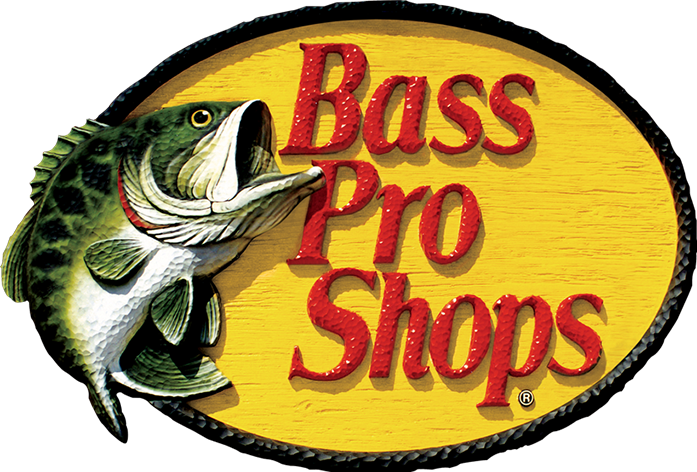UNDERSTANDING THE DIFFERENT BOW STYLES:
The most common bow styles are Longbow, Recurve, Compound, and Crossbow.
Recurve and Longbow are similar, in that the draw weight increases as the string is pulled back to the anchor point. The design of a Recurve allows a shorter bow to generate more power. In general, a recurve bow will fire at a greater power and velocity and have a heavier draw weight than a longbow of a similar size. While these types of bows can be used in hunting applications, they may not be legal to use on many big game species due to their limitations in power. They are most often used for casual and target shooting applications.
The Compound bow uses the mechanical advantage of a series of pulleys that cause the draw weight to decrease at least fifty percent after it has been drawn back to a certain point. This is known as the let-off. Compound bows are the most often used for hunting applications. The advantage of the let-off means that drawing the bow back is much easier after you have pulled back to the let-off point. This makes it much easier to hold the bow in the drawn position as you aim or wait for just the right shot to open up. It also reduces arm fatigue when target shooting where you may be repeatedly drawing back your bow.
A Crossbow is a bow set crosswise on a stock and fired by a trigger mechanism. These bows are NOT legal in every state or in every application. Please check with your state concerning the legal use of crossbows.
DETERMINING DRAW LENGTH:
The most exact method to determine your draw length is to try bows with different draw lengths in the model you are interested in until you find the one that fits you best, with the assistance of an archery shop professional. If this isn't possible, there are static tests that can assist you. With both of these methods, repeat a couple of times to obtain an average. Your results should be the same using either method.
Method 1: Place a yardstick in the center of your chest, and extend your arms as though you are clapping. Capture the yardstick between your hands, and measure the distance from chest to fingertips. This distance is your approximate draw length.
Method 2: Make a fist with your left hand (assuming you are right-handed) and put it up against a wall, thumb on top. Standing upright with your arm fully extended (but not locked) and fist against the wall, have someone measure from the web of your thumb to your anchor point. (If you draw the bow with your left hand, place your right fist against the wall). If releasing with fingers, try to anchor with your index finger at the corner of your mouth. If using a release aid, anchor your thumb under your jawbone and the large joint of your index finger under your ear.
DETERMINING DRAW WEIGHT:
The best advice is for archers to shoot the heaviest weight they can comfortably handle. Unfortunately, many archers ignore comfort and go to extremes in poundage. A heavier draw weight will require more effort to use, but will impart more power, speed, and distance to the arrow. On the other hand, drawing a heavy bow will be more tiring, may cause more frequent equipment problems, and can even cause injury. Archers should aspire to shoot a bow they can comfortably handle, or they may risk losing more than they gain.
